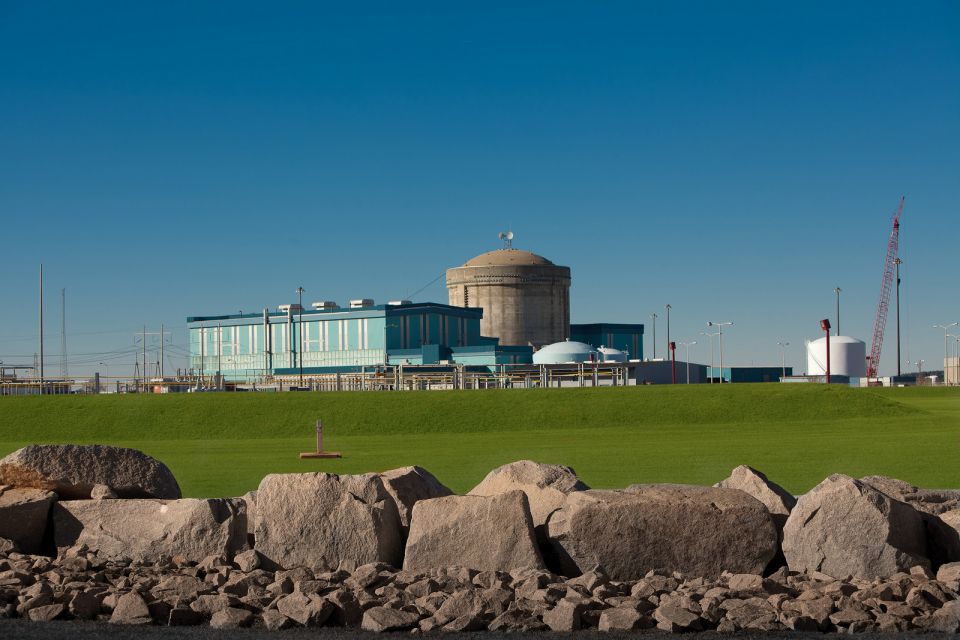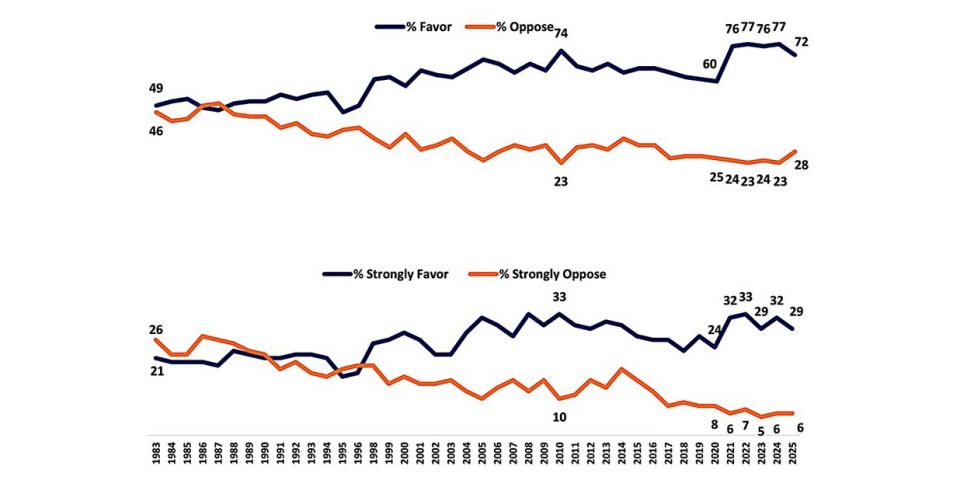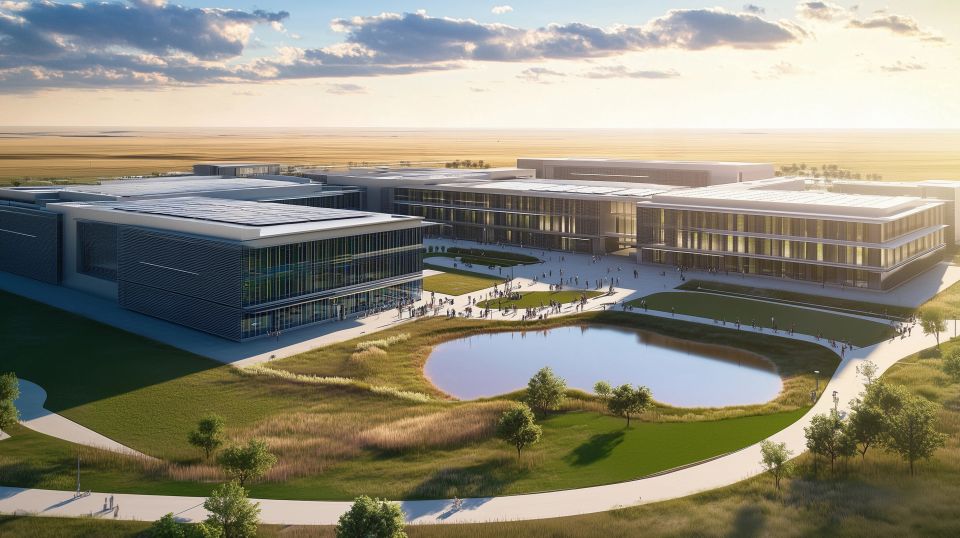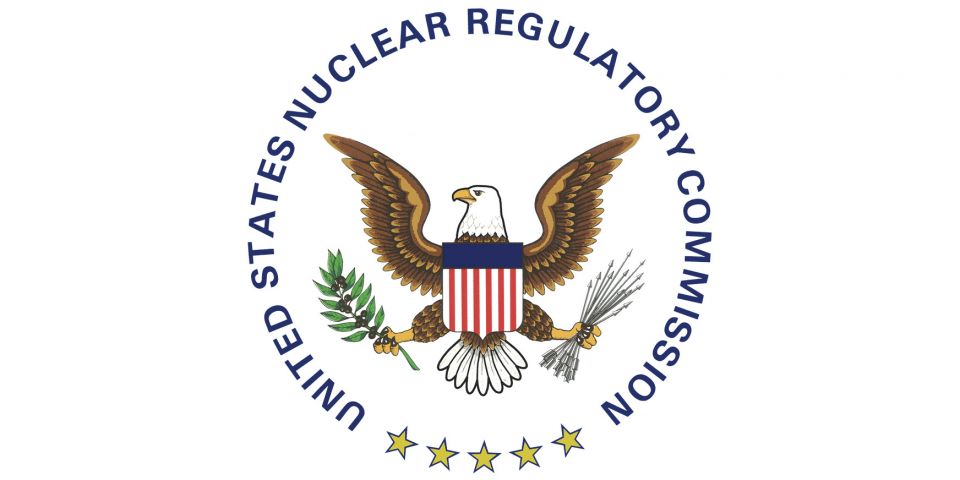The NASEM report: Laying the foundation for a nuclear-powered, low-carbon grid
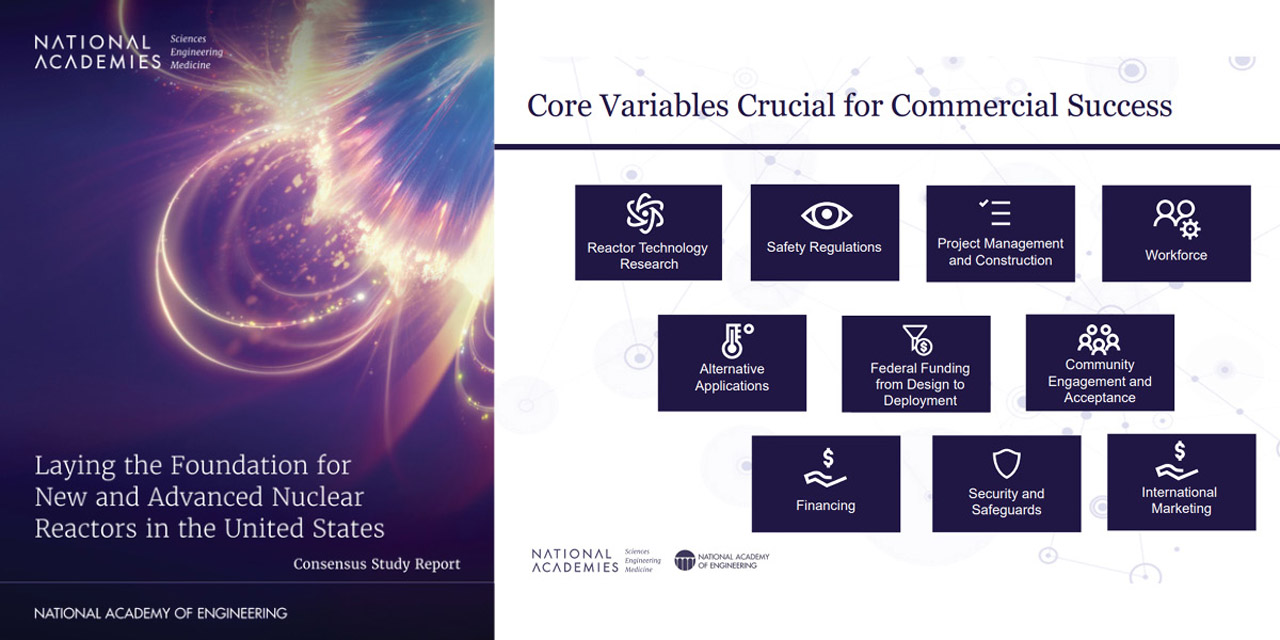
Richard Meserve, who for more than two years chaired the National Academies of Sciences, Engineering, and Medicine (NASEM) Consensus Committee on Laying the Foundation for New and Advanced Nuclear Reactors in the United States, introduced its 300-page report on April 27 during a public briefing.




